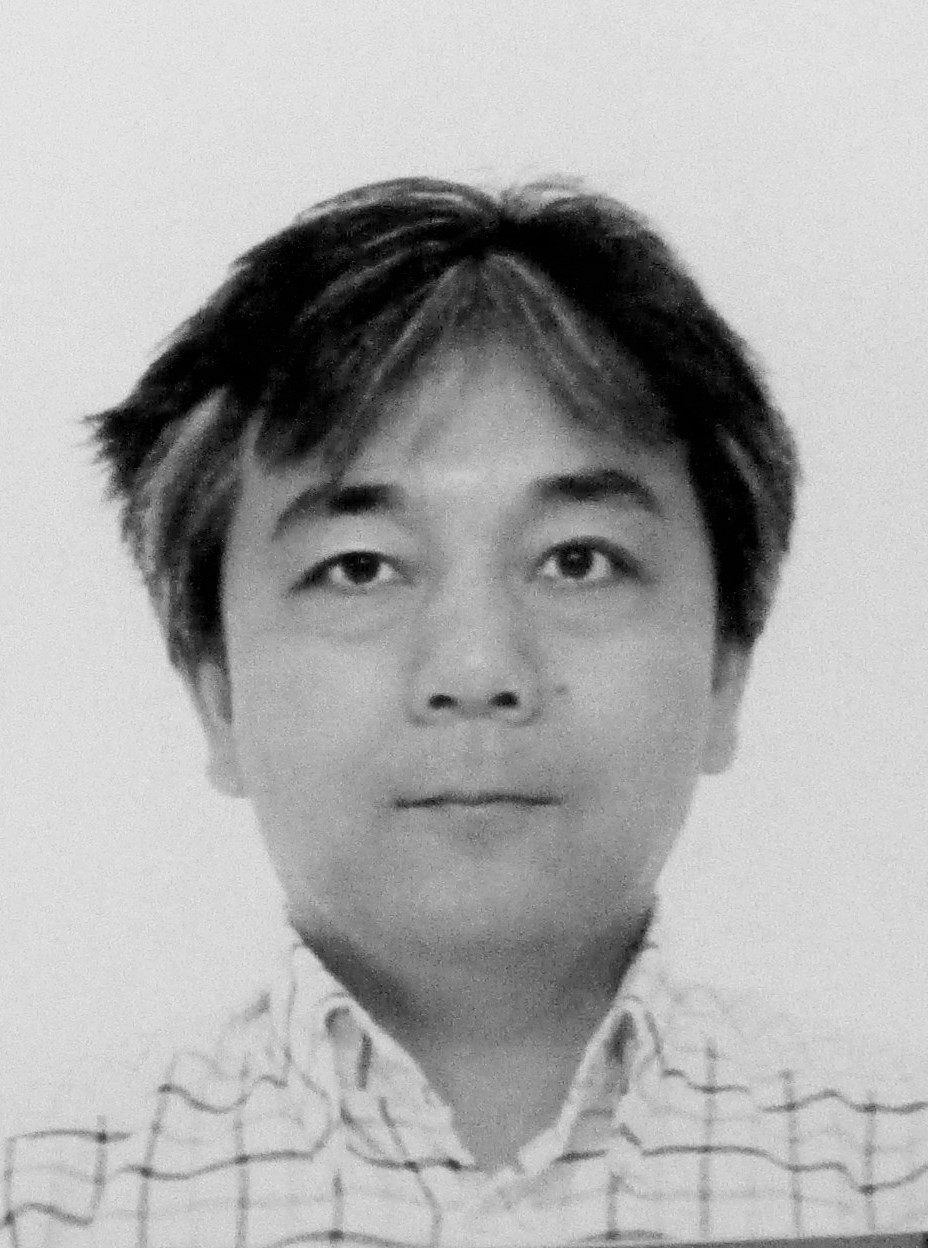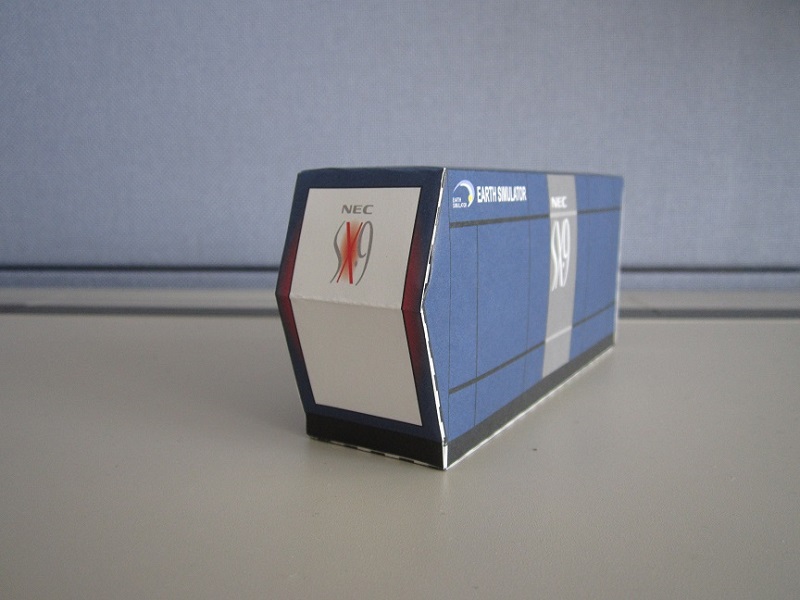Members
Tadashi Hemmi

Project Engineer
Japan Agency for Marine-Earth Science and Technology
Center for Mathematical Science and Advanced Technology
3173-25, Showa-machi, Kanazawa-ku, Yokohama-city, Kanagawa, 236-0001, Japan
hemmit
Short CV
I was awarded the degree of BEng in Electrical and Electronic Engineering by the University of Manchester in 2008. My course was Computing and Communication Systems Engineering, and, in the course, I studied semiconductor device fabrication, assembling embedded systems, digital and analog signals, data networking, encryption and coding theory, and several programming langueges, such as FORTRAN, C and Java. I was also awarded MPhil and PhD degrees in Electrical and Electronic Engineering by the University of Manchester in 2010 and 2014. My research interests include research and development in numerical analysis, especially in large scale high performance computing systems.
Employment
| 2015.4 - | Project Engineer, JAMSTEC, Yokohama, Kanagawa, Japan |
| 2014.2 - 2014.5 | Specially Appointed Researcher, The University of Manchester, UK |
Education
| 2010.9 - 2014.6 | PhD, School of Electrical and Electronic Engineering, The University of Manchester, UK |
| 2008.9 - 2010.6 | MPhil, School of Electrical and Electronic Engineering, The University of Manchester, UK |
| 2005.9 - 2008.6 | BEng (Hons), Computing and Communication Systems Engineering, School of Electrical and Electronic Engineering, The University of Manchester, UK |
Research Topics
- High Performance Computing
- Research and development in application programs using large scale high performance computing systems.

Earth Simulator NEC SX-9
- Numerical Analysis
- Implementation of efficient numerical methods on large scale high performance computing systems.

FDTD (Finite Difference Time Domain) modeling of electromagnetic wave propagation.
Publications
Original Publications (Peer-Reviewed)
- “Efficient Parallel LOD-FDTD Method for Debye-Dispersive Media”, Tadashi Hemmi, Fumie Costen, Salvador Garcia, Ryutaro Himeno, Hideo Yokota, Mehshan Mustafa, IEEE Transactions on Antennas and Propagation, Vol. 62, No. 3, pp. 1330-1338 (2014).
